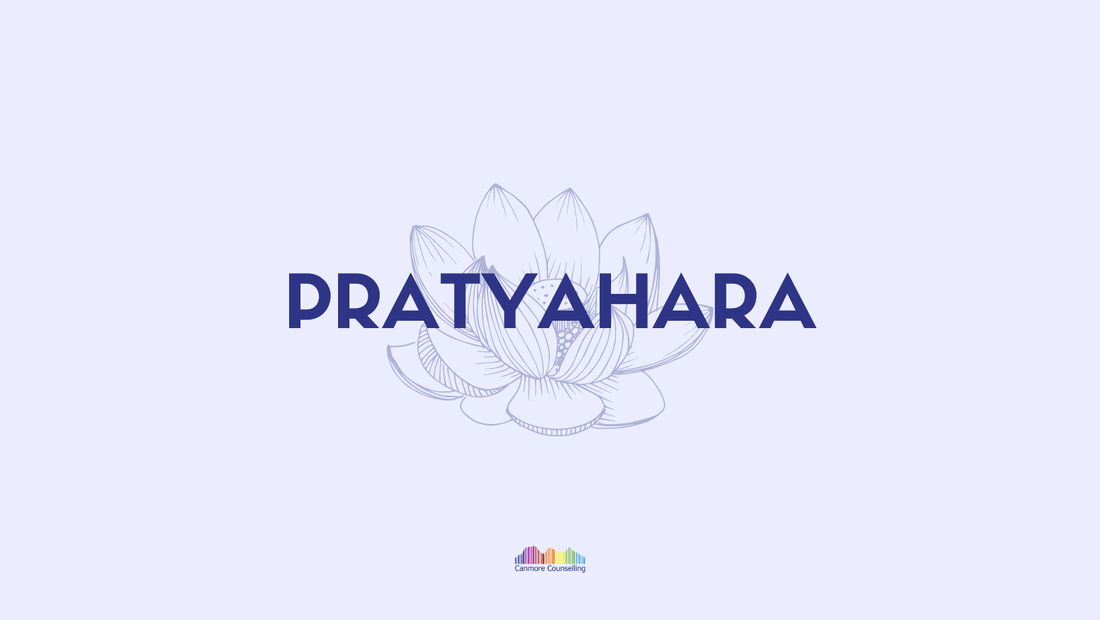
The Yoga Sutras are 196 Sanskrit sutras that Patajali has collected. The texts were written in Sanskrit by Patanjali (a Sage who synthesised wisdom from the older traditions of Yoga) and were assembled in the early century CE. These sutras were originally a work in progress. They are now one of the most important resources for practicing yoga worldwide.
The Yoga Sutras have four chapters. The first chapter deals with enlightenment. Next, the four remaining chapters address the steps required to reach that goal. The 52 sutras detail the benefits meditation, kriyas and niyama (pilates) have. The 54/55 sutras detail Ashtanga and Karma yoga. These sutras provide information about the benefits of regular meditation.
Patanjali's Yoga Sutras, which contain 196 verses that form the basis for the practice of yoga, are considered the foundational text in yoga. Though they are believed to date back to 400 B.C., scholars believe that Patanjali was not the creator of yoga, but rather a great expounder of the art. The sutras can be divided into five levels or padas.
Samadhi is the eighth limb. This is the highest form of yoga. It is the most important. Nirbija, also known to be seedless contemplation or the state of complete separation from the spirit, is described in the Sutras. This means that there is no ego, matter or mind.

Yoga is spiritual practice. The Yoga Sutras are the foundation for it. Its practice involves observing the principles of nature. The three nature qualities are sattva (rajasa), tamasva (tamasva). The sattva yama is the first and most important, and it is also the most difficult to achieve. Although it's not easy to see the purpose of each of these, ahimsa remains the most valuable of all four.
The Yama, Niyama, and Third sections make up the first book of Yoga Sutras. The first section is a biography about Patanjali, the famed yogi. The yoga sutras are the most important part of the second book. They also provide information on the history of yoga. The sutras provide detailed information about the history of yoga.
In the original text, the Sutras of Patanjali are divided into four distinct sections: the Mahabhashya, the Pranayama, and the Bhashya. The Mahabhashya Chapter, which is the third chapter of the book, is important. This chapter outlines the theory, practice and stages of enlightenment. The defense of Panini is the fourth chapter.
The Yoga Sutras make up the majority of the Patanjali inspired texts in the second part of this book. Although the Sanskrit language word sutras are translated, their meaning is "thread". The Sutras are part of Hindu Scripture. It is the base of yoga. Its composition dates range from 250 BCE to the early centuries of the first millennium CE.
The Yoga Sutras are often dense, abstruse, and complex in terms of language and content. Due to their difficulty, a comment on the Yoga sutras would be highly recommended. However, it is not an integral part of Yoga sutras. The translations of Yoga sutras are subject to some debate, but the core of the book is the text. Some versions of this book use the term "asana", to describe a single position, while others use it to indicate multiple postures.

The Yoga Philosophy of Patanjali's Sutras are considered one of the most essential yogic texts. You can learn the Sutras whether you are looking to do yoga in modern times or the old techniques. These Sutras are relevant to modern yoga. The Yoga Sutras are yours to follow. Learning the Yoga Philosophy by Patanjali is a great way to get many benefits.
A vast array of sacred texts contains Patanjali’s insights. His writings detail the eight limbs in yoga, the five types and qualities of yogi brains, as well the five types. These Sutras provide inspiration and should be studied. This book will teach you the fundamental principles of Yoga.
FAQ
Is there any benefit to doing yoga?
Yoga has been around for thousands of years and is now very popular. Celebrities, as well as everyday people who are looking to stay fit and healthy, have made yoga a hugely popular choice.
Yoga is great because it strengthens your muscles as well as stretches them. It also relaxes your mind and makes you calmer.
The main difference between yoga and other forms of exercise is that yoga focuses on breathing techniques.
You can practice various poses to improve your flexibility and balance.
Are Cardio exercises good or bad for your health?
Cardiovascular exercise has many benefits. It improves blood flow, strengthens your heart muscle and increases stamina.
Cardiovascular exercise includes running, biking, hiking, swimming, tennis, basketball, soccer, volleyball, football, etc.
Cardio exercises should be avoided at high intensity levels. This could lead to injury.
The cardiovascular exercise should only be performed if you feel good.
Don't push yourself beyond what you can handle. If you do, you might injure your self.
Warm up is the best way to start cardiovascular exercise. You can then gradually increase your intensity.
You must always listen to what your body is telling you. If you feel pain when doing cardiovascular exercise, you should immediately stop.
Also, after a cardiovascular workout, it's advisable to take a rest. This allows your muscles time to recover.
Cardiovascular exercise is essential for losing weight.
It is the best method to lose calories and reduce belly weight.
Is Egg good for man?
All nutrients are contained in the egg. It helps to maintain strong bones and healthy hearts and lungs and stabilize blood pressure.
Eggs are rich in protein, vitamin A, B12 and D,E,K, as well as vitamins A,B12 and D,E,K, calcium, iron, phosphorus, manganese, copper, magnesium, and riboflavin.
Egg yolks are high in cholesterol. However, it doesn't contain saturated fat. Eggs have less saturated fat than many other foods.
They are also low-calorie and high in sodium. Because they can be cooked in almost any way that you wish, they are versatile. They can be fried, poached, scrambled, boiled, hard-boil and baked.
They are incredibly nutritious and easy to prepare.
Aim to eat two whole eggs per week. Avoid eating eggs.
Eggs provide essential nutrients needed by our bodies. Consider adding eggs to your daily meal plan today.
How many calories per day should I consume?
This will vary from person-to-person. An average person needs 2000-2500 calories per day. Based on your age, gender, height and activity level, you will need to calculate how many calories you require.
Statistics
- By John Thompson Take a whopping 38% off a set of PowerBlock Pros. (menshealth.com)
- 10 pounds in a month is likely during a lean bulking phase, especially for beginners. (muscleandstrength.com)
- Candidates and applicants must pass all four tests at 70% (minimum level) to graduate from Basic Deputy U.S. Marshal (BDUSM) Training. (usmarshals.gov)
- An estimated calorie range for moderately active adult males falls between 2,200 to 2,800 calories per day, depending on age. (eatright.org)
- Cardmembers earn 5% Back at Amazon.com with a Prime Credit Card. (amazon.com)
External Links
How To
What should you eat before you go to work?
Losing weight requires you to consume fewer calories than what you burn in exercise. You must also eat all of your nutrients.
This includes protein, carbohydrates, fats, and vitamins.
This is best done by eating smaller meals throughout each day, rather than three large meals.
It is possible to not do as well if your body is too full when you work out.
Water is better than energy drinks that contain sugar and caffeine. This helps keep you hydrated and energized.
You should ensure that you get enough fluids. Too much water can dilute your electrolytes.
For proper functioning, the body requires electrolytes.
You can drink sports drinks if you don’t have access water. They can be rich in minerals like sodium, potassium or calcium.
This will replenish your electrolytes. However, they still won't replace what you've lost from sweating.
Multivitamins can help you avoid salt loss from exercise if you are worried.
These supplements contain additional vitamin B6, which can help regulate your body's sodium levels.
However, you shouldn't rely on supplements if you don't know how much salt you're getting from food and beverages.
They aren’t regulated under the Food and Drug Administration.
Some sports drinks may contain more sodium than others.
Some sports drinks might contain artificial sweeteners, preservatives, or both. These ingredients could cause digestive problems.
If you're concerned about salt intake, sea salt could be used.
It contains fewer chemicals that table salt.
Sea salt also has low levels of iodine which is another mineral that is essential for healthy thyroid function.